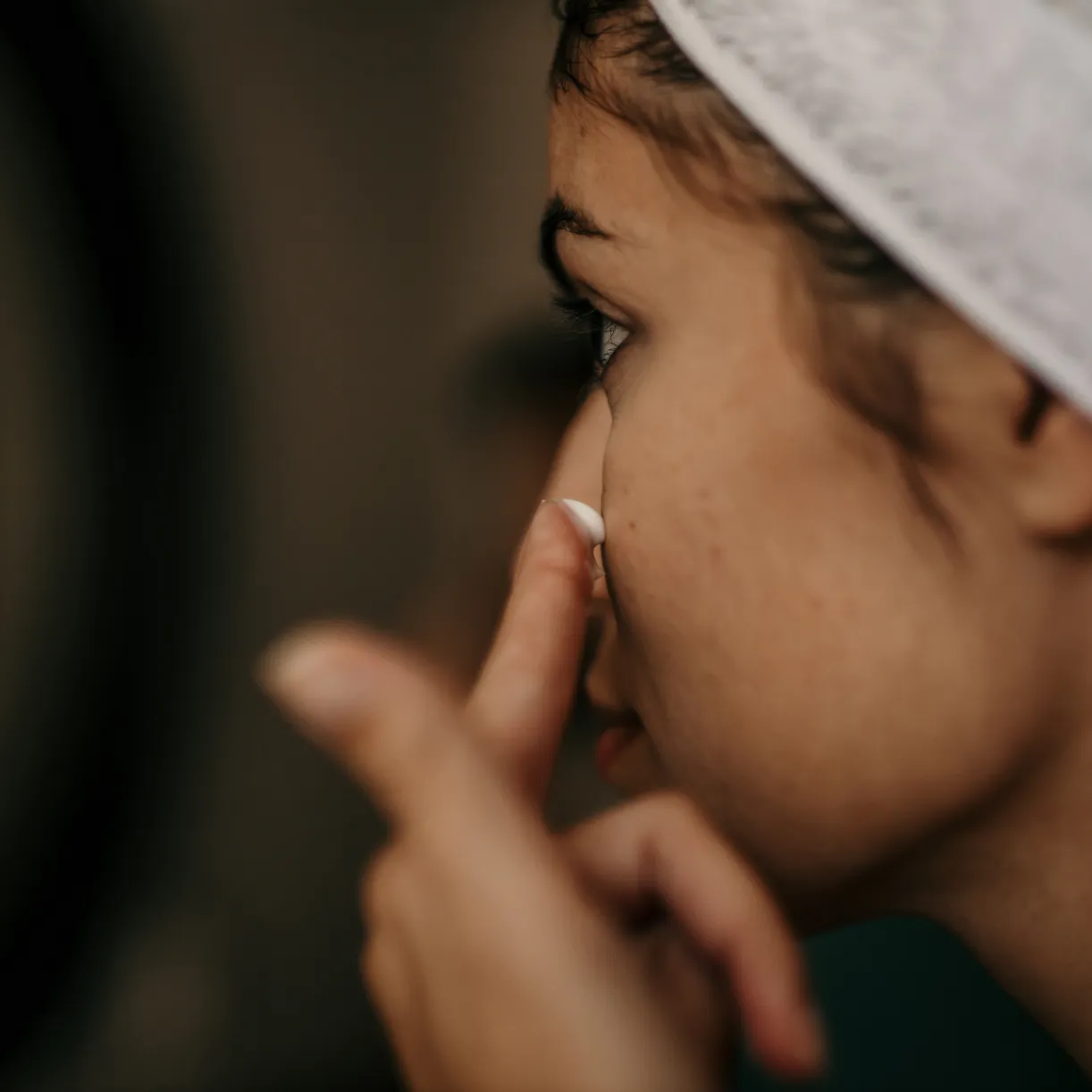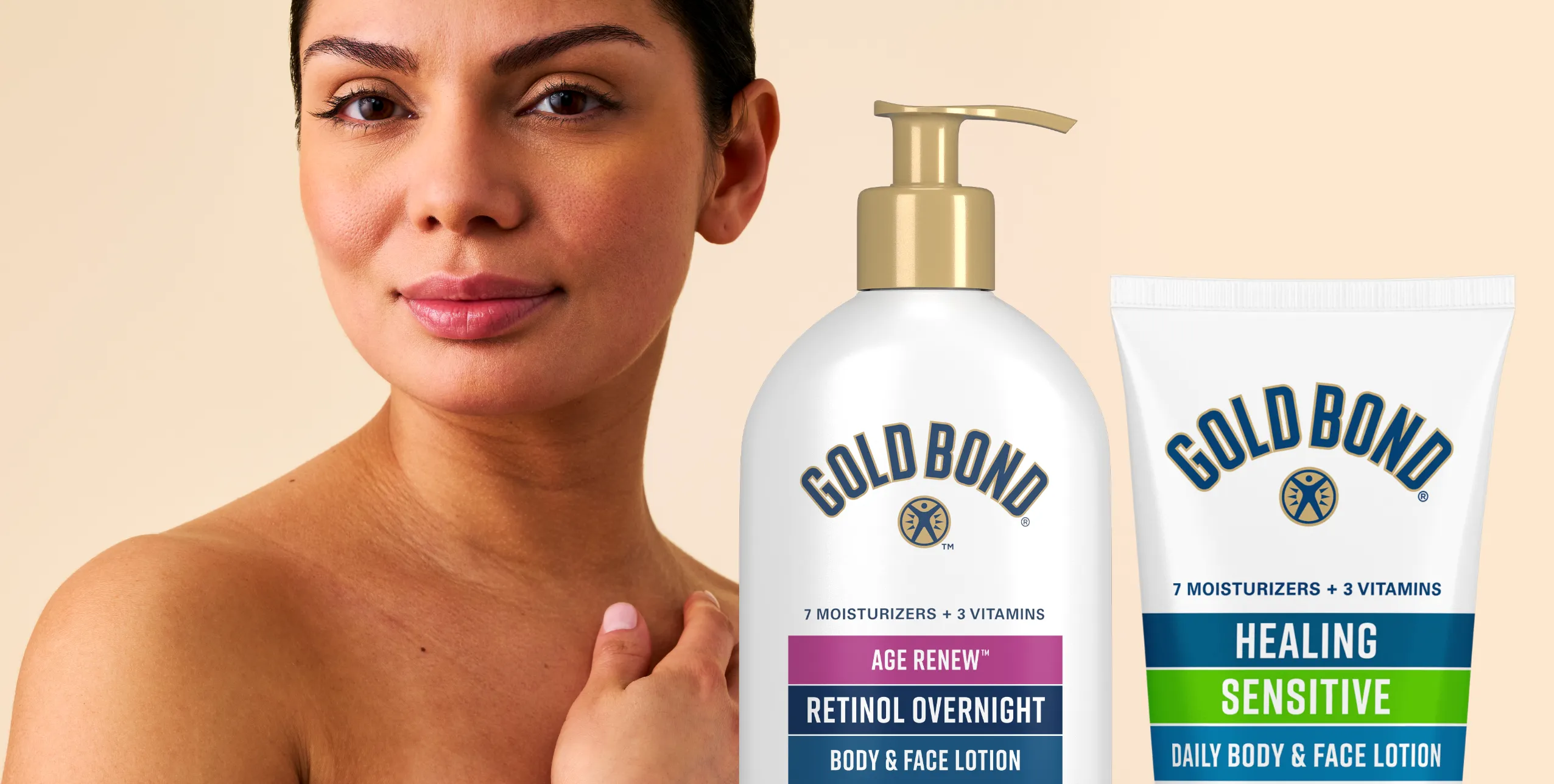
Caring for Dry, Cracked Skin
Whether dry skin is caused by external factors like the weather, or internal factors whatever they may be, you can help soothe and soften dry skin. Consistent use of high-performance moisturizers can help you feel comfortable and confident.
What exactly is dry skin?
Dry skin — or xerosis — is a loss of moisture in the surface layer of skin, making it less soft and pliant, and more sensitive and irritated. It gets rough, scaly, or cracked. It could turn red and get itchy.
External factors that dry out your skin:
Normal skin can get dry and feel itchy or irritated due to natural causes, like age, sunburn, wind, and cold. Also, soaps, detergents, household cleaners, and solvents can dry your skin.
Then There's the Cycling Effect ...
It’s easy to damage skin through repetitive cycles of high moisture followed by extreme dry heat or cold.
For example, during the summer you may hang out in a dry, air-conditioned environment, then go outside where it’s warm and moist, then get into a chilly air-conditioned car, then step back outdoors. That’s cycling.
In the winter, you might go outside where it’s cold and dry, move around and get all sweaty, then chill, then go inside where it’s warm and dry.
Note to self:
To avoid the cycling effect in the cold, dry winter, apply moisturizer immediately after a shower to seal in all that moisture. Then wait at least 30 minutes before going outside so the moisture doesn’t evaporate.
But most importantly, use moisturizers.
Moisturizers work through humectants and occlusives.
A humectant helps make the skin softer and more pliable by drawing and retaining moisture. They work by penetrating into the skin to attract and increase the amount of moisture held there. This increased water content creates a softer feel and greater flexibility. Some examples are hyaluronic acid and glycerin.
Occlusive agents, like petrolatum, coat the skin and help seal in that moisture. They form a barrier over the skin’s surface to reduce water loss and retain moisture that naturally evaporates.
What else to look for in a moisturizer:
- Emollients fill in the crevices on the surface of skin to support its barrier function. Some examples include shea butter, ceramides, coconut oil, and cocoa butter.
- Humectants, like hyaluronic acid, attract and bind moisture to the skin.
- Colloidal oatmeal helps relieve itching.
- Vitamins:
- Vitamins A and B: help improve skin’s appearance
- Vitamin C: helps protect skin from environmental stressors
- Vitamin E: helps minimize moisture loss
- Botanical extracts provide various cosmetic benefits, including visibly firming skin, soothing dry and sensitive skin, and restoring natural oils.
Note to self:
Fragrance-free products are best for very dry or sensitive skin.
Here are your dry skin essentials:
- Use high-quality, high-performance moisturizers
- Apply hand and body moisturizers 30 minutes before being exposed to extreme cold, hot, or dry weather
- Avoid frequent changes in environmental conditions
- Avoid harsh soap and cleaning products
We recommend these high-performance Gold Bond® moisturizers for dry skin:
Gold Bond Healing Hydrating Cream/Lotion — packed with 7 moisturizers and 3 vitamins for skin that looks and feels noticeably healthier
Gold Bond Radiance Renewal Cream/Lotion — to gently exfoliate, immediately hydrate, and lock in moisture for 24 hours
Gold Bond Men’s Essentials Intensive Therapy Lotion — with 7 moisturizers, 3 vitamins, and skin-strengthening proteins
REFERENCE:
Thomas S. Spencer. PhD. “Dry Skin and Skin Moisturizers.” Cygnus Research Corporation, Redwood City, California, July-September 1988 Volume 6 Number 3
* This skincare information is taken from research-based articles. All Gold Bond product recommendations are our own to help improve your skincare routine.


